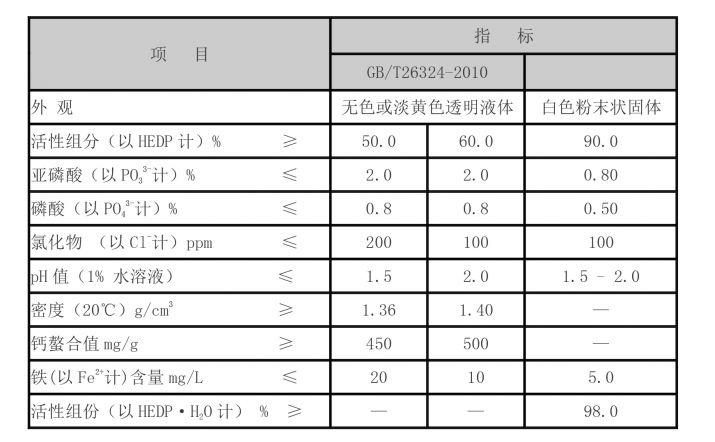coagulants and flocculants in water treatment
Coagulants and Flocculants in Water Treatment
Water treatment is a crucial process in ensuring a safe and clean supply of water for domestic, industrial, and agricultural use. Among the various methods employed in water treatment, the use of coagulants and flocculants plays a significant role in the purification process. These agents facilitate the removal of suspended solids and contaminants, making water safe for consumption and suitable for various applications.
Understanding Coagulants and Flocculants
Coagulants are chemical substances that help to aggregate fine particles into larger clumps, known as flocs. When water is contaminated, it often contains a variety of suspended particles, including sediments, microorganisms, and organic matter. Coagulants cause these particles to cluster together, primarily through neutralization of their charges. Common coagulants used in water treatment include aluminum sulfate (alum), ferric chloride, and polyaluminum chloride. These substances are typically added to water in liquid or powder form.
Flocculants, on the other hand, are agents that help floc formation and stabilization by promoting the agglomeration of the already formed flocs. They enhance the settling process by creating a structure that holds the flocs together, making it easier for them to be removed from the water during the sedimentation process. Flocculants can be natural, such as starches and gums, or synthetic, including polyacrylamides. The choice between coagulants and flocculants depends on the specific characteristics of the water being treated and the nature of the impurities present.
The Treatment Process
The water treatment process typically involves several stages coagulation, flocculation, sedimentation, and filtration
.1. Coagulation During this initial stage, coagulants are added to the water supply. The coagulant molecules neutralize the electrical charges on the suspended particles, which causes them to come together and form micro-flocs.
coagulants and flocculants in water treatment

2. Flocculation Following coagulation, the water is gently stirred to promote the growth of these micro-flocs into larger, more manageable flocs. This stirring is a delicate process; excessive agitation can break the flocs apart instead of allowing them to merge.
3. Sedimentation Once the flocs have formed adequately, the water is then allowed to sit in a tank, where gravity causes the denser flocs to settle at the bottom, forming sludge. The clarified water can then be decanted for further treatment or directly for distribution.
4. Filtration The remaining water is often passed through filtration systems to remove any residual solids and impurities, ensuring a high-quality final product. This stage further polishes the water and can involve sand filters, membrane filtration, or other technologies.
Environmental and Health Considerations
The use of coagulants and flocculants is not without concerns. The choice of chemicals is essential, as some coagulants can introduce additional health risks if not managed correctly. For instance, excessive aluminum in drinking water has been linked to health concerns, including neurological issues. Therefore, water treatment facilities are continuously monitoring chemical levels to ensure compliance with health regulations.
Moreover, there is an increasing focus on eco-friendly practices in water treatment. This includes using biodegradable flocculants and optimizing the dosage of coagulants to minimize chemical footprints while maximizing efficiency.
Conclusion
Coagulants and flocculants are essential components of modern water treatment processes. By effectively removing suspended solids and contaminants, they play a vital role in ensuring safe and clean drinking water. As technology advances and environmental considerations become more prominent, the water treatment industry will continue to evolve, adopting more sustainable practices and materials. Understanding the significance of these agents not only highlights their importance in maintaining public health but also emphasizes the ongoing need for innovation in the field of water treatment.
-
lk-319-special-scale-and-corrosion-inhibitor-for-steel-plants-advanced-solutions-for-industrial-water-systemsNewsAug.22,2025
-
flocculant-water-treatment-essential-chemical-solutions-for-purification-processesNewsAug.22,2025
-
isothiazolinones-versatile-microbial-control-agents-for-industrial-and-consumer-applicationsNewsAug.22,2025
-
scale-inhibitor-key-solutions-for-water-system-scale-preventionNewsAug.22,2025
-
organophosphonates-versatile-scale-inhibitors-for-industrial-water-systemsNewsAug.22,2025
-
scale-and-corrosion-inhibitor-essential-chemical-solutions-for-water-system-maintenanceNewsAug.22,2025





